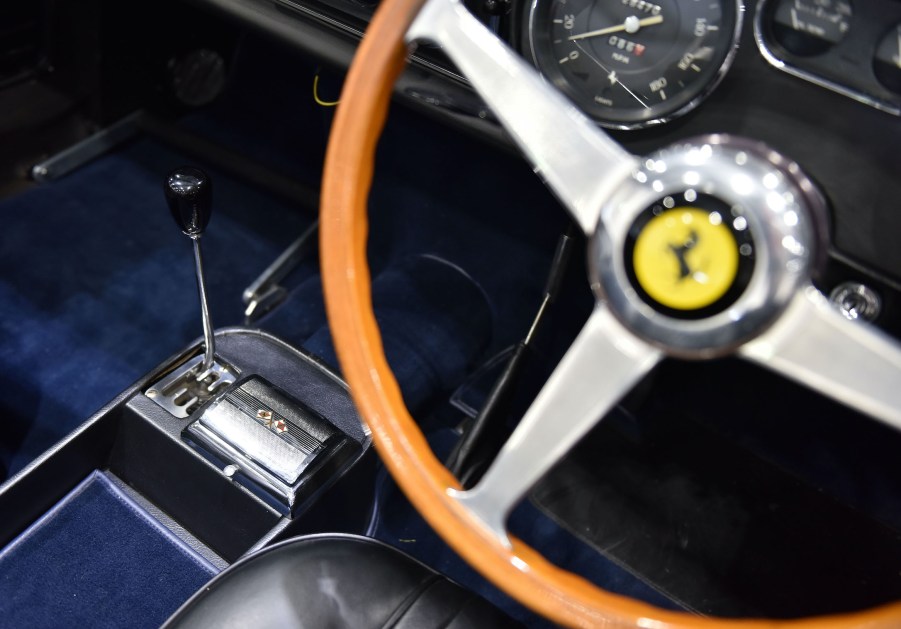
Impractical Car Features Americans Stopped Wanting After the ’90s
If you’ve been driving for many years, or remember riding around in your grandparent’s old car, you might have recollections of some old car features that you can no longer find. Some items were staples in cars for many decades, while others were only around a short time.
Our modern vehicles keep changing and some of those features had to go. Let’s look at a list from Hot Cars and see what happened to some of those old items that were once popular.
Ashtrays and cigarette lighters
The ashtray and cigarette lighters were popular in cars from the ’50s and ’60s and became a staple for the interior for years after that. It wasn’t until the ’90s that automakers started phasing them out altogether.
To replace them, we now see things like cup holders, loose change trays, and wireless charging stations, in some cases. Automakers replaced the cigarette lighter with features like USB ports as they’re more useful. Instead of lighting up a cigarette, you can now plug in your cell phone and access what you need from Apple CarPlay and Android Auto.
Pop-up headlights
Initially, the pop-up feature came about to hide the unsightly headlights that automakers put on their cars. As time went on, Japanese carmakers took it and made it a styling feature to add a bit of character to the exterior. To have the headlamps pop-up from the hood made others envious of you because they were originally seen on the higher-end vehicles.
Eventually, though, the impressive feature would become a major headache and owners were finding themselves having to have them fixed many times over. By the ’90s, this feature was seen less and less until it finally went away completely by the early 2000s.
Power antennas
For many years, cars had a telescoping antenna that would pick up signals for drivers to access radio stations. But, pranksters figured out that they could cause trouble by bending or breaking the antenna, thereby rendering it useless and owners had to get it replaced. Sometimes, they would simply break off by getting it caught on something while driving.
To help combat the problem, automakers developed the power antenna. It would stay hidden and inaccessible until you actually needed it, in which case it would raise up from its hiding spot. However, because it was a piece of powered equipment, it still managed to break and quite often.
In the ’90s, they started disappearing, and a tiny antenna cord would get embedded in the rear window. Today, we use more digital means of accessing music and podcasts.
A headlamp dimmer switch feature
In the early days of vehicles, these dimmer switches were originally mounted on the steering wheel and made it easy for the driver to dim their bright headlights. But, automakers thought it might be a hazard to drivers by being a distraction, so they chose to move the switch to the floor where it grew in size for easy access.
Years later, cars went through several redesigns, one of which was the area that holds the accelerator and brake pedals. There was no longer a lot of room for the dimmer switch. By the ’90s, dimmer control moved to the steering column again, this time attaching itself, usually, to the windshield wiper lever.
Car phones
Believe it or not, some cars did come with phones in the ’70s through the 1990s as reported by Techwalla. They were battery-operated and allowed you to make phone calls from your vehicle to anyone you needed to contact.
It was considered a high-tech device back in the day, but they turned out to be a hassle. They were huge, heavy, and clunky, and the battery rarely lasted very long. It was only good for making calls and that was it. Eventually, they were phased out and replaced by the cell phones we use in our modern times. Now, we can do more than just call someone, we can search the internet and navigate to any destination with our phones.
There are a lot of other features that used to be sought after years ago that you don’t see with the newer cars today. But, as we move further into the future, the devices and features we use frequently now will eventually become those that get phased out just like the ones listed here.


